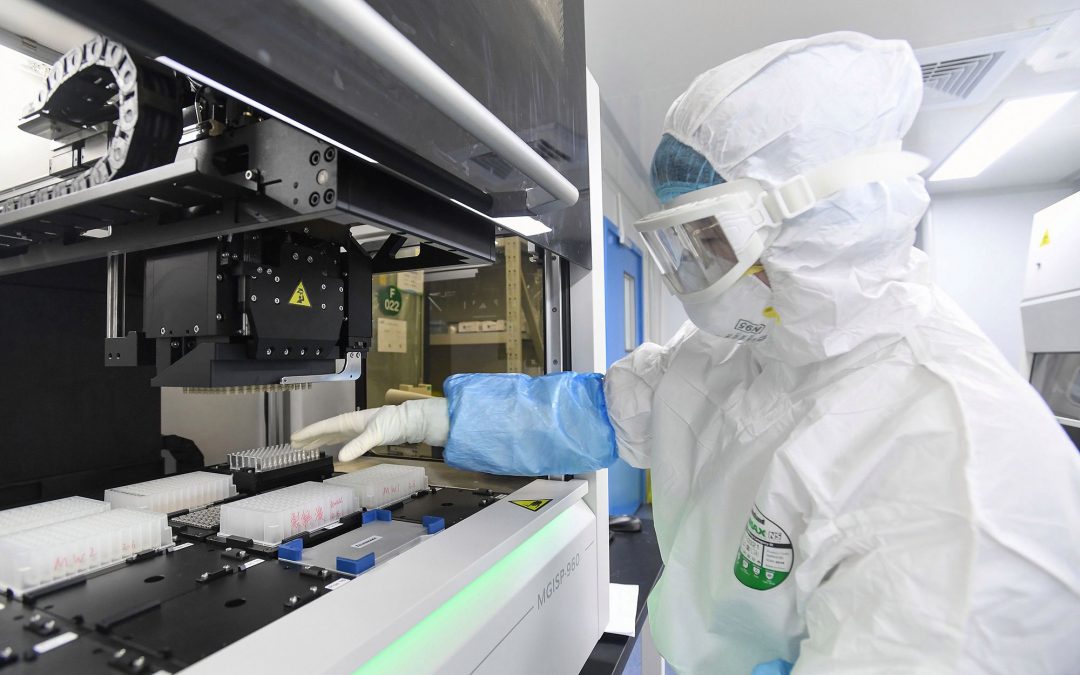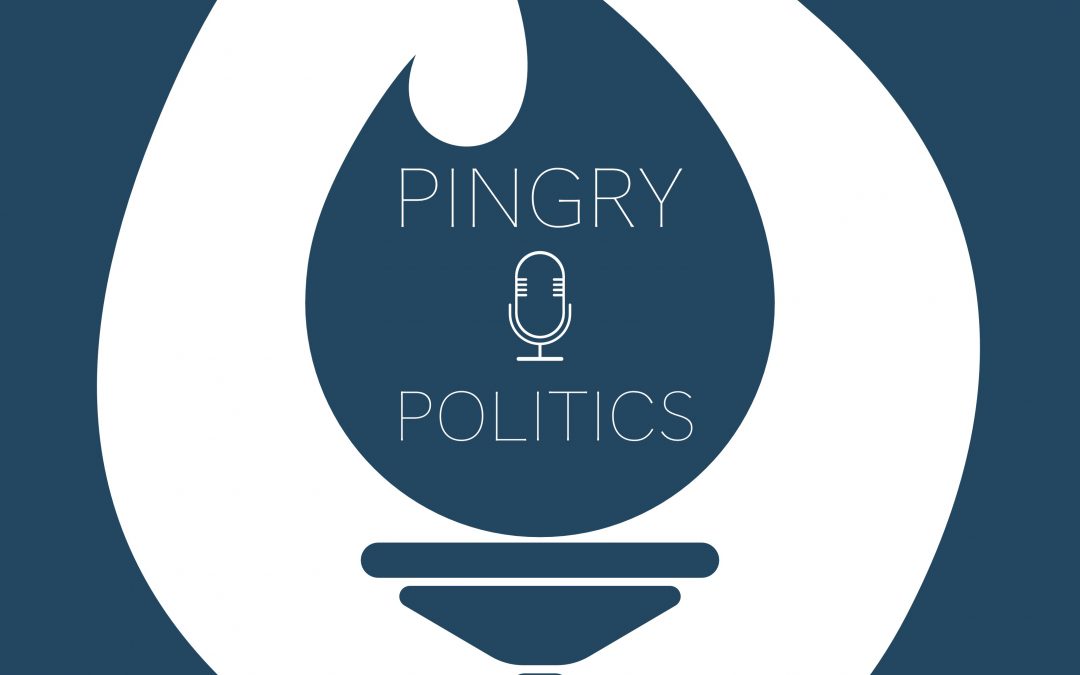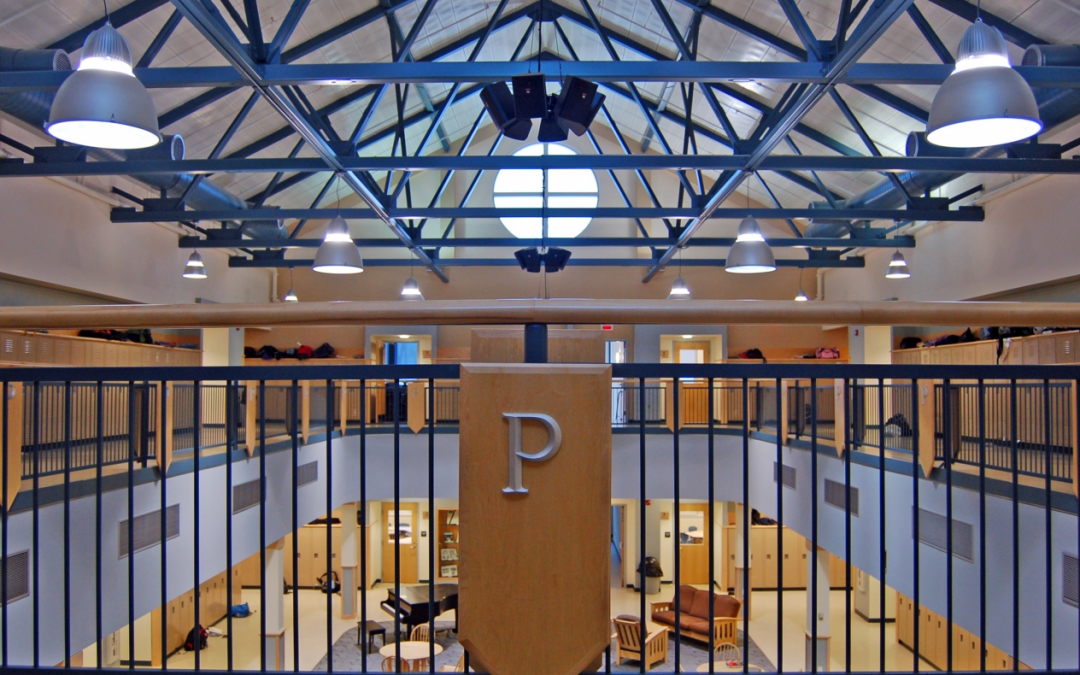
COVID-19’s Origins
By Alex Wong (I) The effects of COVID-19 are a lot clearer than the causes. It has closed schools and businesses worldwide, infected over a million people, and is seriously challenging the capacity of our healthcare systems, both here in America and abroad. But how did this happen? Almost everyone can agree the virus originated in Wuhan, Hubei, China … but how? There are two major theories.
The first is that it came about naturally and, according to Dr. David Lung,“was a product of […] excessive hunting and ingesting wild animals, inhumane treatment of animals, and disrespecting lives.” Animals such as bats, dogs, monkeys, and pangolins are often consumed as food, a very common practice in Mainland China. After some genome sequencing, it was determined that the Wuhan coronavirus and the bat coronavirus RaTG13 were 96% similar in terms of genome sequencing. According to an op-ed written by highly acclaimed Hong Kong epidemiologist Yuen Kwok Yung, who in 2003 helped Hong Kong fight the SARS virus, “This particular virus strand was obtained and isolated from Yunnan bats (Rhinolophus sinicus), and bats are believed to be the natural host of this Wuhan Coronavirus.” However there would need to be an intermediate host to get from bats to humans. The Wuhan coronavirus was 90% similar to a strand of pangolin coronavirus in genome sequencing, making the pangolin a likely (but not confirmed) intermediate source. However, because the Chinese government shut down the wet market where the virus was said to have originated, scientists and epidemiologists have been unable to obtain samples from the wild animals in the market, meaning no one yet has been able to confirm which animal it came from, or whether it did come from the market.
The second theory is that the Wuhan Coronavirus was created in the Wuhan Institute of Virology (WIV) and accidentally set loose via an infected bat. The WIV has a history of researching coronaviruses, and in 2015 the Institute even made a bat coronavirus that could infect human cells. This artificial virus was very similar to SARS (a different coronavirus with symptoms similar to COVID-19). Additionally, the history of viruses escaping Chinese labs (such as the infamous 2004 Beijing SARS outbreak caused by the SARS virus escaping a government lab not once, but twice) have added suspicion. To be clear, the scientists were trying to figure out a cure to SARS, and did not have malicious intentions. However, according to leading microbiologists, the complexity of COVID-19 points strongly to origins in nature. Additionally, the WIV has released no research on coronaviruses since 2015. Ultimately, the theory that COVID-19 was made in a lab is based mostly on mistrust of the Chinese government, a mistrust most prevalent in the conservative discourse of the Western world.
Whether this was a natural virus or a man-made virus, one thing is evident: the Chinese Communist government could have taken quicker action to mitigate the spread of COVID-19. Chinese doctors such as Li Wenliang, who later succumbed to the virus and tragically died, were actually given a notice by Wuhan police to stop spreading “misinformation” about a new “SARS-like epidemic” in December. As the spread continued, the Chinese government locked down Wuhan, but by then it was too late. A Chinese New Year gathering of more than 40,000 people has been pinpointed as one of the events that helped increase the spread within Wuhan. Furthermore, the Chinese government refused to take further steps to contain the virus until January 23, a full month-and-a-half since the discovery of the virus, this was not until nearly 5 million people had fled Wuhan before the lockdown. However, as the virus spread to other parts of the world, many other governments were caught off guard, and in some cases were slower to act on quarantining and testing than China.
The Chinese government has been accused of not releasing the full number of cases in Mainland China. Instead of classifying a death as “coronavirus death” they would classify it as “pneumonia-related death.” On top of that, Chinese health officials refused to give information about Patient Zero from Wuhan, and did not allow international research teams to gain access to Wuhan to try and find the origin of the coronavirus.
The Asian community across America has also been impacted by the coronavirus. Co-head of Pingry’s Asian Student Union Monica Chan (V) remarked, “The Asian community around the world has faced devastating repercussions of the virus, being targets of xenophobia and racism. There has been a surge in hate crimes against people of Asian descent worldwide, including vandalism, armed assault, and even mass shooting threats. It is important for the Asian community to remain careful at this time and stay safe!” When asked about what the Asian Student Union did to help fight back against the virus, Monica Chan (V) and Guan Liang (V) mentioned, “ We arranged a Dress Down Day before spring break ended to raise money for NGOs in China. We ended up raising $405 between the Middle and High school! We have also been staying home, social distancing like most people in our community. The Chinese parents within the Pingry community have organized a task force that collects and donates medical face masks to local hospitals with supply shortages. These initiatives are crucial for combatting against coronavirus as they unite the strengths of different ethnic communities.”
As the old adage goes, “History will always repeat itself.” Ineffective measures and misinformation by the Chinese government were on display back during the 2002-2004 SARS outbreak, and similar mistakes resurfaced in the early handling of COVID-19. However, we need to be careful in how we analyze the causes of this virus––the Chinese government certainly deserves blame, but we ought not to convert such frustration into racially targeted sentiment.


